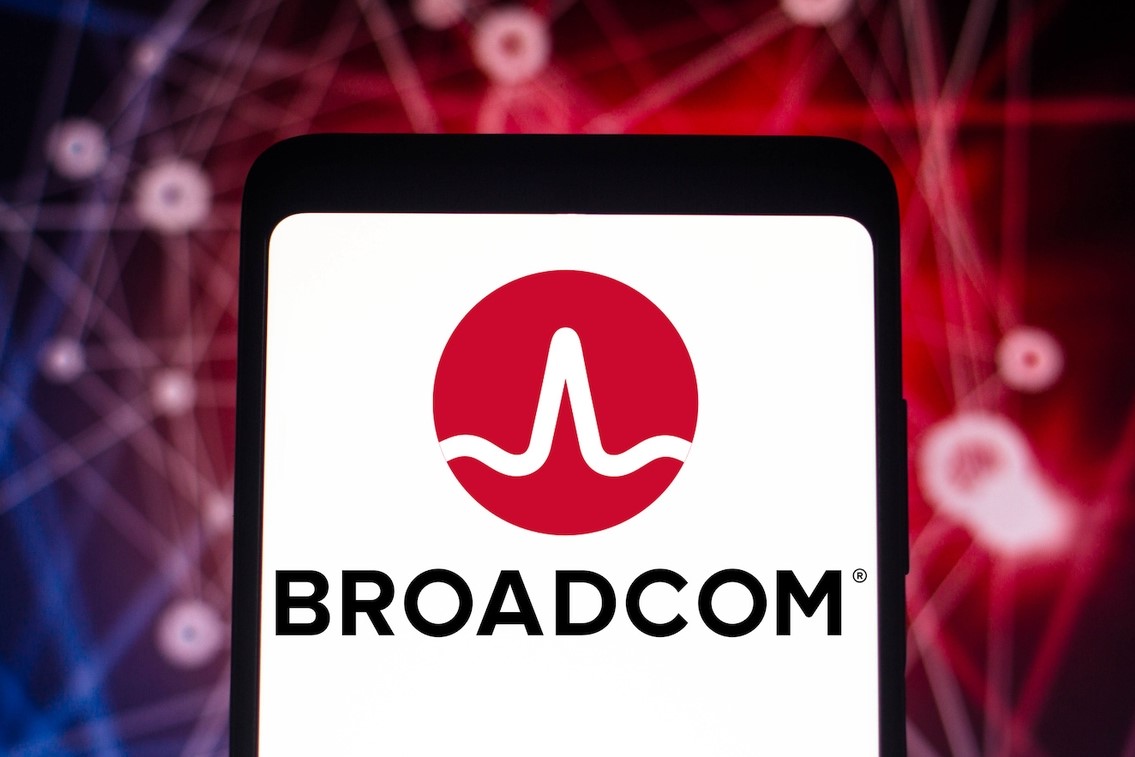Wearable Devices: Revolutionizing Health Monitoring with AI-Powered Bio-Signal Intelligence
Monday, Mar 24, 2025 9:03 am ET
Wearable Devices Ltd., a pioneering technology company specializing in AI-powered touchless sensing wearables, has announced an ambitious expansion of its Large Motor Unit Action Potential Model (LMM) into the realms of predictive health monitoring and cognitive state analytics. This move, unveiled on March 24, 2025, represents a significant leap from the company's initial focus on gesture-based control in extended reality (XR) and neural interaction with digital devices. The potential implications for the healthcare sector are vast, but the path to commercialization is fraught with challenges.

The LMM technology, which analyzes muscle activity signals from the wrist, is designed to provide real-time physiological insights that could revolutionize preventive diagnostics and digital health tracking. Unlike traditional bio-sensors that collect data passively, LMM continuously learns and adapts, turning muscle activity signals into actionable insights. This proactive approach aims to detect hidden patterns in muscle activity that may indicate early signs of health conditions before symptoms appear, potentially transforming the way we approach health monitoring.
The company's plans to make LMM available to enterprises, researchers, and developers suggest a strategic shift towards becoming a platform provider rather than an end-solution provider. This B2B platform strategy could accelerate the discovery of new use cases and applications, but it also raises questions about revenue capture and market positioning. wearable devices aims to enable businesses to develop custom applications tailored to healthcare and sports, integrate real-time physiological insights into enterprise solutions, and leverage LMM’s AI engine to continuously refine predictive health and interaction models.
However, the announcement lacks specifics on several critical factors that could impact the company's strategic plans and timelines. There is no mention of clinical validation studies, regulatory pathway considerations, accuracy metrics, or established healthcare partnerships. The repeated use of qualifiers such as "potential markets," "being evaluated," "intending to," and "aims to" indicates that this remains in the early experimental stages rather than near-term commercialization.
The regulatory and ethical challenges that Wearable Devices may face as it seeks to commercialize its LMM technology for health monitoring applications are significant. Clinical validation and regulatory approval are essential for any health monitoring technology, and the absence of details on these fronts suggests that the company may face hurdles in obtaining the necessary approvals from health authorities. Additionally, the technology's ability to collect and analyze muscle activity signals raises concerns about data privacy and security, as well as the potential for bias and automation bias.
Despite these challenges, the potential benefits of LMM technology in health monitoring and cognitive state analytics are substantial. The ability to detect subtle physiological changes that precede visible symptoms could provide a more nuanced and proactive health monitoring solution compared to traditional wearables. This could have significant implications for preventive diagnostics, digital health tracking, and the optimization of work productivity and mental well-being.
In conclusion, Wearable Devices' expansion of its LMM technology into health monitoring and cognitive state analytics represents a strategic shift with the potential to revolutionize the healthcare sector. However, the path to commercialization is fraught with regulatory and ethical challenges that could impact the company's strategic plans and timelines. As the company navigates these challenges, it will be crucial to address concerns about data privacy, bias, and automation bias, as well as to conduct the necessary clinical validation and regulatory approval processes. Only then can Wearable Devices fully realize the potential of its LMM technology and capture value in the growing digital health monitoring sector.











